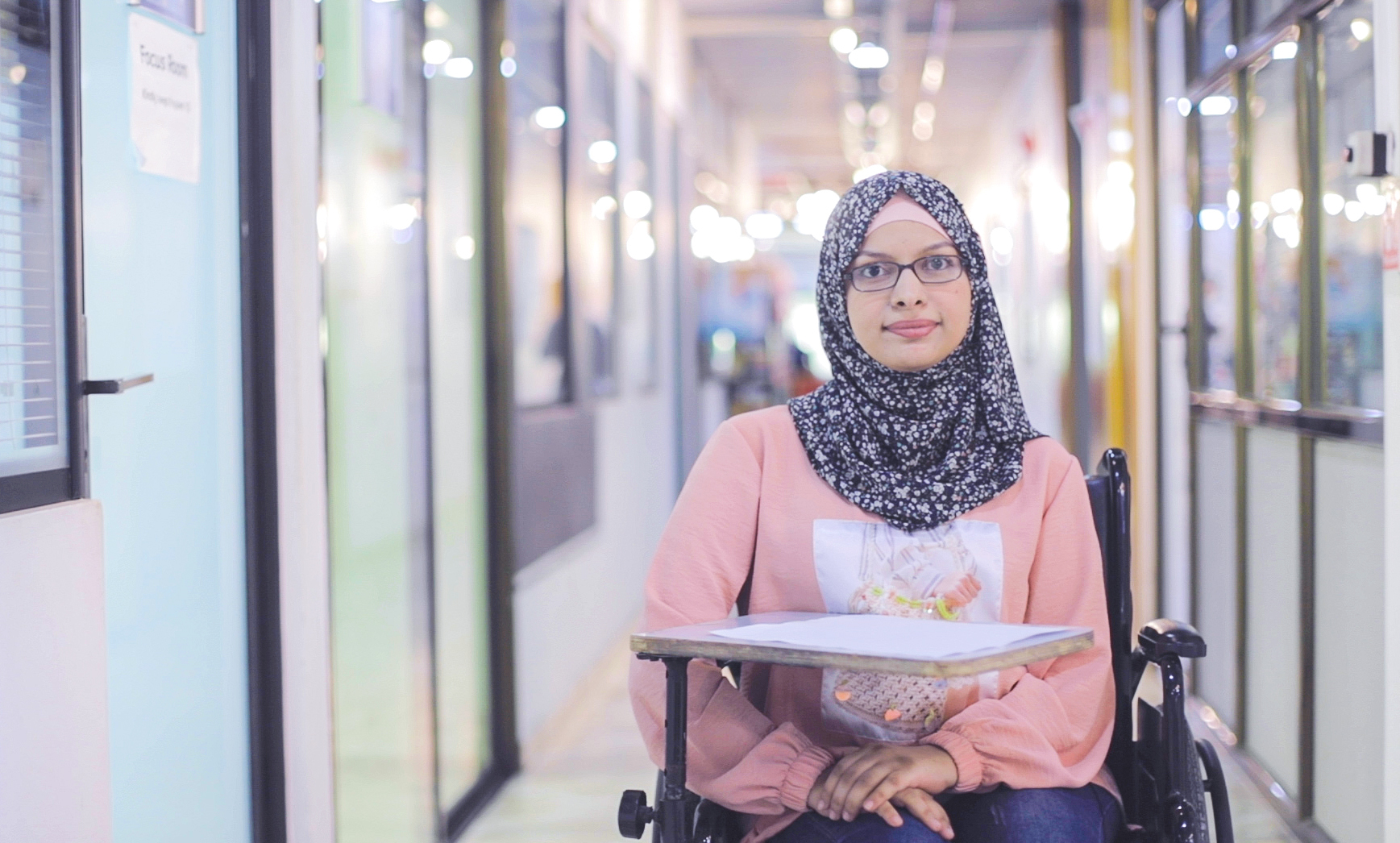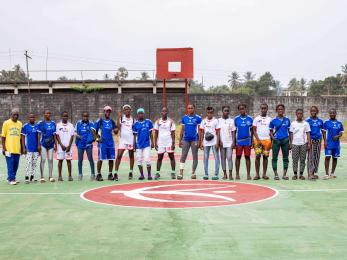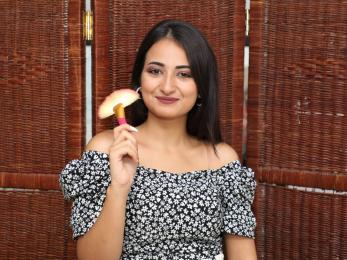How young people in the Middle East are using technology to share their voices
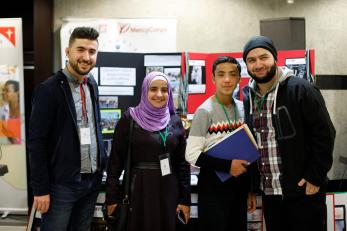
Prior to joining Mercy Corps, my career was in education. I taught in an IDP camp in Haiti, an urban public school in Bangladesh, and in multiple settings with refugee youth who had been resettled in the United States.
In each of these roles, I was consistently moved by the creativity, curiosity, and resilience of young people. These were young people who had overcome unfathomable barriers posed by violence, poverty, or a lack of social capital, all of whom had pursued education knowing it would open doors to a different future.
When I get to visit Mercy Corps’ youth programs, I am able to tap into what motivated me to pursue humanitarian work in the first place: That smart investments in young people, communities, and governance systems has the potential to change the course of history.
Investing in technology for youth education
The No Lost Generation Tech Summit offered me a glimpse into how technology is one example of a smart investment — something that, if leveraged wisely, has the potential to increase educational outcomes, improve gender equity, and break down divisions between people by fostering communication.
At the Summit, I had the opportunity to meet with young people and discuss the powerful role that technology plays in their lives. They understand that being able to use technology such as social media, communications platforms, or software like Excel will impact their employability, their self-expression, and their community networks as the region wrestles with massive displacement, youth unemployment, and ongoing conflict.
The Tech Summit also included the launch of the Adobe 1324 Defined Without Borders Challenge. This partnership between Adobe and The No Lost Generation initiative, which includes Mercy Corps, features submissions from young people around the Middle East on the topic of identity, including the skills, cultural backgrounds, and aspirations of young people displaced by conflict in the region.
Malik: Filmmaking for social change
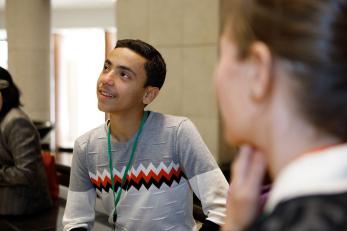
Malik, a 15-year-old Palestinian youth from Jordan, spoke to me about drug use, a challenge he experiences in his community. For a video project that sparked his interest in the Adobe Challenge, Malik filmed a community member high on drugs and the associated paraphernalia of drug use.
While film and photography is usually displayed for an external audience, Malik had another viewer in mind: the drug user. When the user was sober, Malik showed the drug user the film so that he could see his behavior as an outside viewer would. In doing so, he shifted the audience from people removed from the situation, viewing the image on computer screens around the world, to a deeply intimate space between two people: a man struggling with addiction and a boy trying to ignite a change. His film had a profound impact on the drug user, who didn’t know the dangers of using or what he acted like when he was high.
Technology helped the two people connect on a deeper level and Malik discovered a profound way to express himself through film and photography.
Sujoud: Capturing the resilience of nature
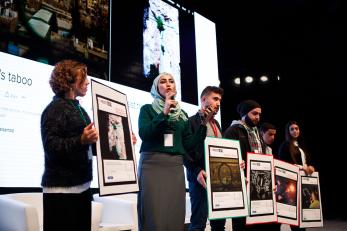
Sujoud, a young woman from Jordan, chose to photograph the resilience of nature and the strength it provides her. Her picture, of bright green plants sprouting through cracks in the rock, captures the ability of nature to overcome rough terrain. She described seeing her own determination in this photo. “[Nature] resists anything…It resists the hardness of rocks and despite everything, it grows out and prevails. I made it to express myself.”
Omar and Nadeem: Using photography to challenge beliefs
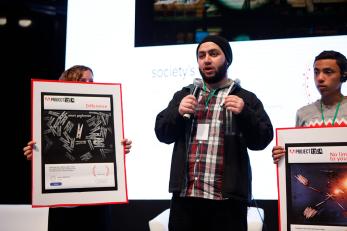
For other participants in the 1324 Challenge, publishing their photography on the internet felt like a way to gain a voice with an international audience. Young people from the Middle East, and especially young men, are often portrayed in a single narrative — hopeless, lost, maybe tending toward violence.
For Omar, a 23-year-old Syrian refugee in Jordan, being trained on photography gave voice to something he had not previously explored. “I use technology to reach something inside of me, in order to talk about who I am, or to express myself and my community,” he says.
In doing so, Omar tells a different narrative about young men from the Middle East. His black and white photograph of scattered clothes pins centers on one, illuminated in the center. He adds a new voice — perhaps muted right now — but amplified by technology. “[Photography] conveys a specific message,” he says. “For example, to shed light on people who are marginalized in society. It gives you peace.” In his photograph, the illuminated clothespin represents a source of peace, glowing within all of us.
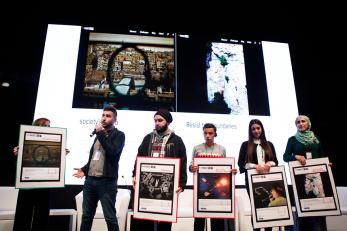
Nadeem, another participant of the Adobe 1324 Challenge used his photography to comment on Middle Eastern society. His photograph, entitled “Society’s Taboo,” depicts a neighborhood with a circle, almost like a camera lens or magnifying glass in the foreground. “In Arab culture, we must live inside the circle,” he says. “The circle represents what is accepted by society. Why must we live inside?”
Through their cameras, both Omar and Nadeem were able to explore new ways of expressing who they are. With the online challenge, they are able to share these narratives with an international audience, communicating their stories and experiences with other artists around the world.
Lavan: Improving computer literacy for women
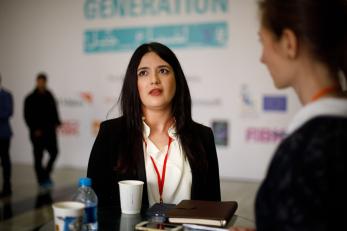
For Lavan, a youth coach at a center in Sulaymaniyah, Iraq, the summit made her think more about access to technology for women. Lavan has experienced firsthand the barriers young, educated and working women face in Iraqi society and could relate to what the participants in her program might be experiencing.
“I think women have difficulties in participating because, in our culture, they are more busy with their families and children,” she says. Being at the summit gave her additional ideas about ways that program design can be more inclusive, including having designated women-only hours at the center and making sure that women have access to technology so that they don’t have to rely on men for access to phones.
She also highlighted that the staff at the center need to do outreach with families to address any concerns they might have about sending their girls to the center. Lavan will return to the youth center with new ways to help young people improve their lives by building computer literacy and employability.
Looking forward
At the end of the conference, the room was abuzz. These young people had faced their fears of flying, staying in hotels away from their families, and speaking onstage to overcome a much bigger fear: Not being heard or represented.
Over the course of two days, they had forged new friendships, gained new ideas, and contributed to a vibrant discussion about the future for youth in conflict and post-conflict settings.
Equipped with technology, ambition, and fierce optimism, these young people will be crucial to strengthening their families, communities, and societies in the years to come.
